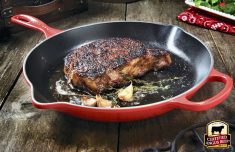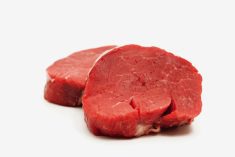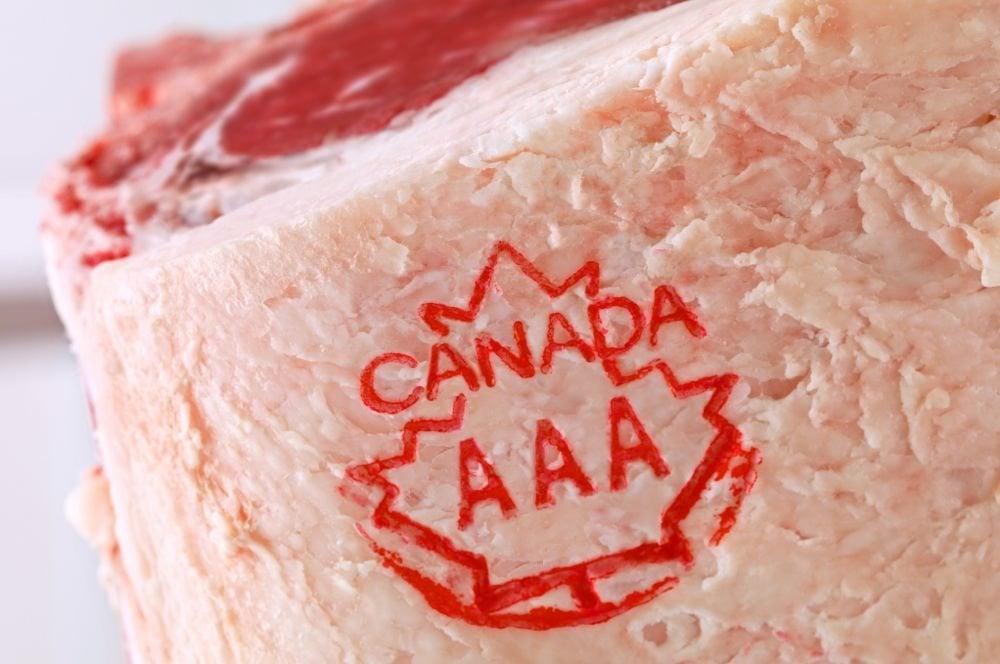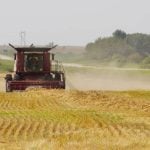Two years ago, when outdoor clothing company Patagonia released a video about making leather boots out of bison hide that would otherwise go to waste, a conversation about sustainable leather in the beef industry began.
Now, the Canadian Cattlemen’s Association (CCA) and the Textile Exchange are looking into that sustainability.
“I really see a huge potential in that native grassland conservation,” says Amie Peck, stakeholder engagement manager for CCA. “So you might not know that purchasing a leather purse or leather boots is really directly benefiting Canada’s most endangered ecosystem.”
Read Also

The Canadian Cattle Association’s international advocacy efforts
Global ag policies affect Canadian food policy, so the Canadian Cattle Association participates in international and domestic forums
Peck also sees a zero-waste angle to the story. “ In beef production we know what a huge role cattle play in upcycling so many by-products of crop production…so there’s a huge reduction of waste, but then also on the end that just about every product from the beef cattle is utilized. And then in the instance of leather, it’s this natural product that has great longevity. And it’s also contributing to this circular system, wherein there is no waste.”
The work between the beef industry and the leather industry has already begun, says Anne Gillespie, director of impact acceleration at Textile Exchange. Gillespie is a member of the Global Roundtable for Sustainable Beef (GRSB), and the Textile Exchange and GRSB share a member staff.
“When we first started our work on leather, our first step was to reach out to the GRSB, knowing that as a leather industry, we had little or no connection to cattle producers,” Gillespie says. “Yet the fashion industry has a huge presence in the market, which becomes an enormous driver to take action. Combining forces allows us to leverage our influence with the different parts of the supply chain to drive action at scale towards our common targets.”
Like the beef industry, the leather industry has struggled with the public’s perception for many years, including on sustainability.
However, the Textile Exchange is working to combat that.
“The work that is being done by everyone, from GRSB to Textile Exchange to other industry organizations, gives us the opportunity to tell a strong and credible story to the public,” says Gillespie.
“There were no tools for brands to connect with clear action at the producer level. The claims they were making were seen as vague and sometimes greenwashing. However, we now have tools to deliver measurable and verified impact that everyone can track. As companies, countries and organizations set strong goals and policies, it will be critical to have the industry well organized to deliver on them.”
Peck said there are parallels between the Responsible Leather Roundtable and the Canadian Roundtable for Sustainable Beef.
“We have worked with the Responsible Leather Roundtable. They did a screening of our film Guardians of the Grasslands,” Peck says. “They sent out Guardians of the Grasslands to all of their members as a way to really promote the environmental benefits of having beef cattle on the land. And that’s something that we can feel really good about in the beef industry, but also something that the leather industry can feel really good about. And they can amplify that messaging to consumers, that not only does the beef you love to eat preserve or maintain native grasslands, but the leather that you wear is adding that same benefit and is a natural fiber.”
Going forward, Gillespie said the goal for the leather industry is always sustainability.
“Our greatest hope is that leather brands will be able to source from completely sustainable supply chains, with full traceability back to the original birth farm. We will only get there by working closely with the beef industry, and I believe we will all benefit from our ongoing collaboration.”

















